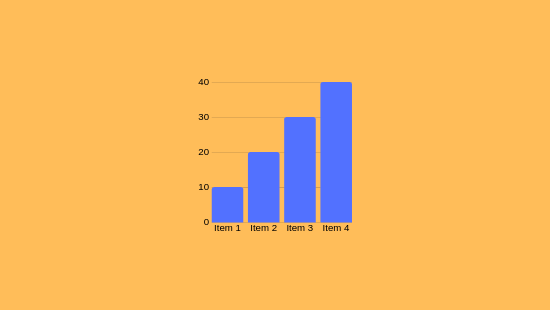
As you delve into Forex indicators, you'll discover they're mathematical tools analyzing price and volume data to forecast market movements. These instruments assist in identifying market patterns, validating signals, and detecting extreme market conditions situations. For instance, the Relative Strength Index (RSI) tracks market force, while Bollinger Bands measure variability. Refining your trading strategy by combining these indicators is essential, especially if you aim to manage risk effectively.
Grasping the Core of Forex Indicators
Forex indicators are computational devices integrated in charts to aid investors in analyzing market trends and executing calculated trades. They offer insights into price movements and market possibilities by processing historical and real-time data.
Forex tools are categorized into four main types: trend indicators (e.g., Moving Averages), momentum indicators (e.g., Relative Strength Index), volatility indicators (e.g., Bollinger Bands), and volume indicators.
These instruments can indicate market turns, validate ongoing patterns, or highlight overbought/oversold climates. If you're looking to enhance your methodologies, understanding these indicators is vital.
Categories of Forex Analytical Instruments
When assessing market trends, traders often deploy a selection of measures to aid in decision-making.
Forex tools are categorized into different types, each serving specific purposes.
Trend Indicators like Moving Averages (MA) and Bollinger Bands aid in uncovering movement patterns and possible price surges.
Momentum Indicators, including the Moving Average Convergence/Divergence (MACD) and Relative Strength Index (RSI), identify momentum changes and highlight overbought or oversold conditions.
Volatility Indicators like the Average True Range (ATR) quantify market variability, helping traders in setting stop-loss thresholds.
If used strategically, these indicators can boost trading proficiency.
Key Indicators for Trading Decisions
To effectively make trading decisions, grasping and utilizing key measures that evaluate market states is imperative.
Price Movements (MA) display average prices over specific periods, unveiling tendencies by evening out variations.
The RSI measures momentum on a 0–100 get more info scale, flagging overbought conditions above 70 and signaling oversold scenarios below 30.
MACD analyzes two exponential moving averages to validate directional trends, with histograms illustrating bullish or bearish phases.
Bollinger Bands utilize variability measures around a moving average to determine volatility and potential reversals.
Fibonacci Retracement levels denote support/resistance zones based on prior price movements.
Combining these measures boosts accuracy by authenticating prompts if aligned, enabling exact timing for currency pairs.
Employing Indicators in Risk Oversight
As you fine-tune investment methods, effectively utilizing measurement tools for risk management is essential. Tools like Moving Averages and Bollinger Bands notice volatility and spot viable trade junctures for risk oversight.
These tools allow for exact stop-loss orders and limit orders, critical for limiting possible losses.
For instance, applying stop-loss orders restricts your loss to a certain limit, such as 2% of your trading capital per trade. This measured strategy helps in managing trading risks by limiting exposure to market volatility and leverage, which are notable risks in forex trading.
Integrating Indicators for Improved Precision
Merging measurement tools is a accomplished tactic for elevating accuracy in forex trading. This method enables for the leveraging of multiple tools to examine several facets of market behavior, including trends, drive, and volatility.
By implementing indicators like Moving Averages, RSI, and MACD, you can formulate formidable trading strategies. Instance given, pairing Moving Averages with RSI and Volume confirms trends and drive, while Bollinger Bands with Stochastic assess fluctuation and anticipate reversals.
If indicators from separate categories work together, redundancies are minimized, and trade signals are uplifted.
Conclusion
You now grasp how forex indicators function, encompassing their types like trend, momentum, and volatility indicators. These instruments assist in spotting potential reversals and validating ongoing trends. By integrating indicators, investment accuracy is enhanced, and risk oversight is better managed. For instance, using the Relative Strength Index (RSI) to highlight buying peaks and Bollinger Bands to evaluate volatility can improve your decisions.